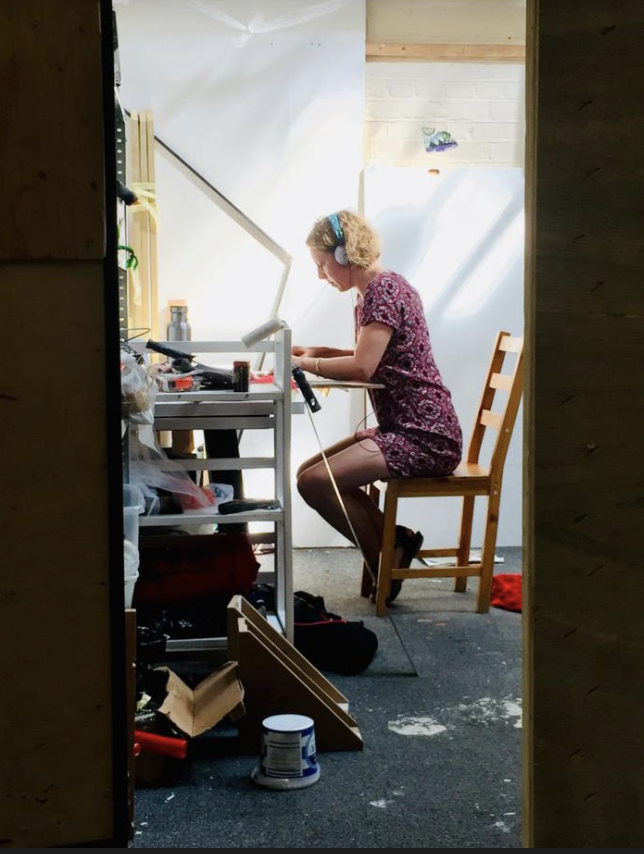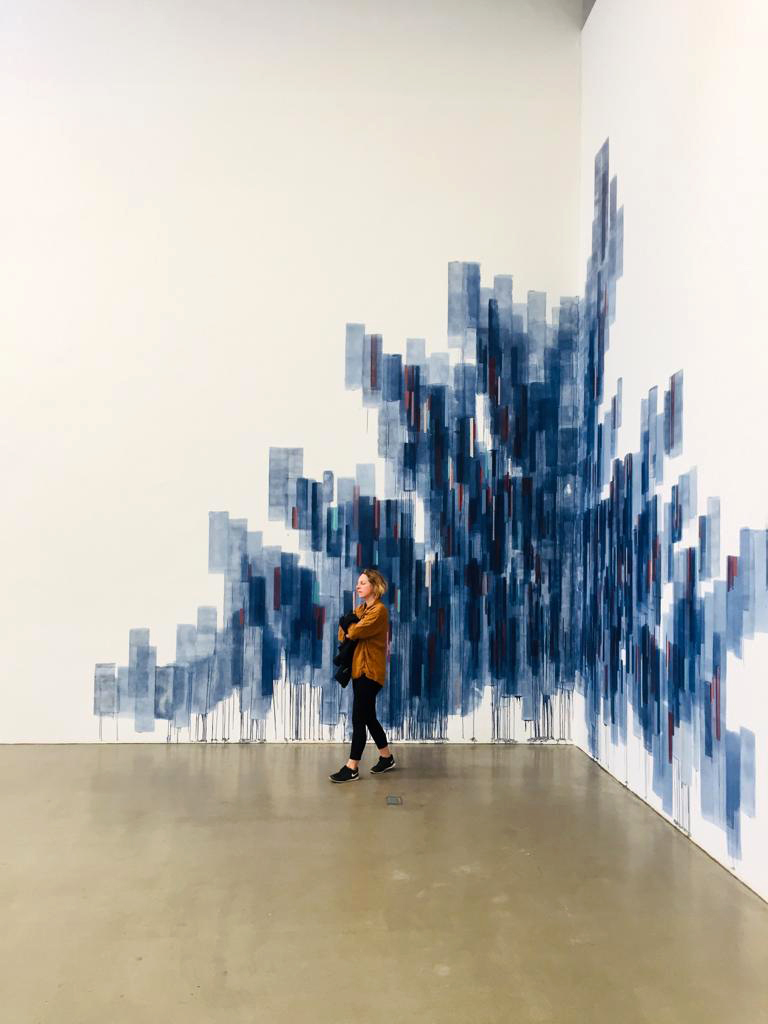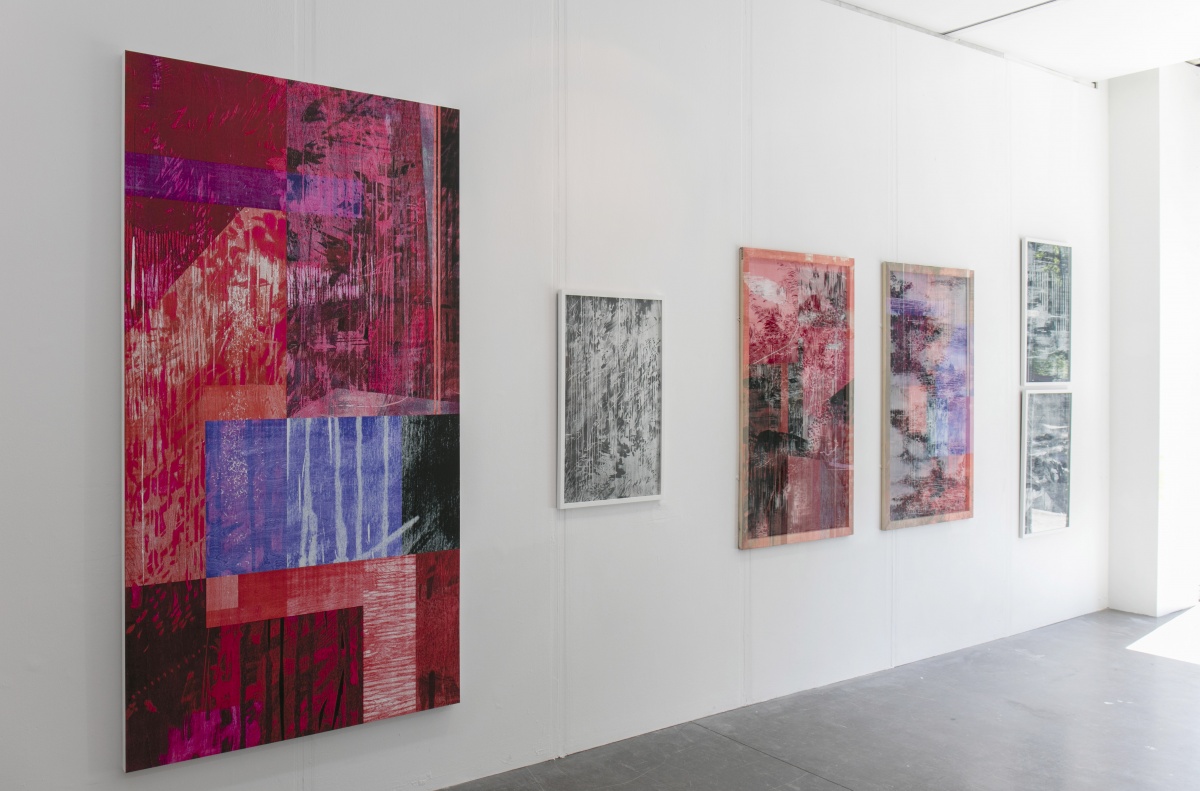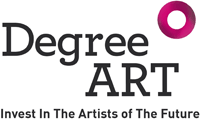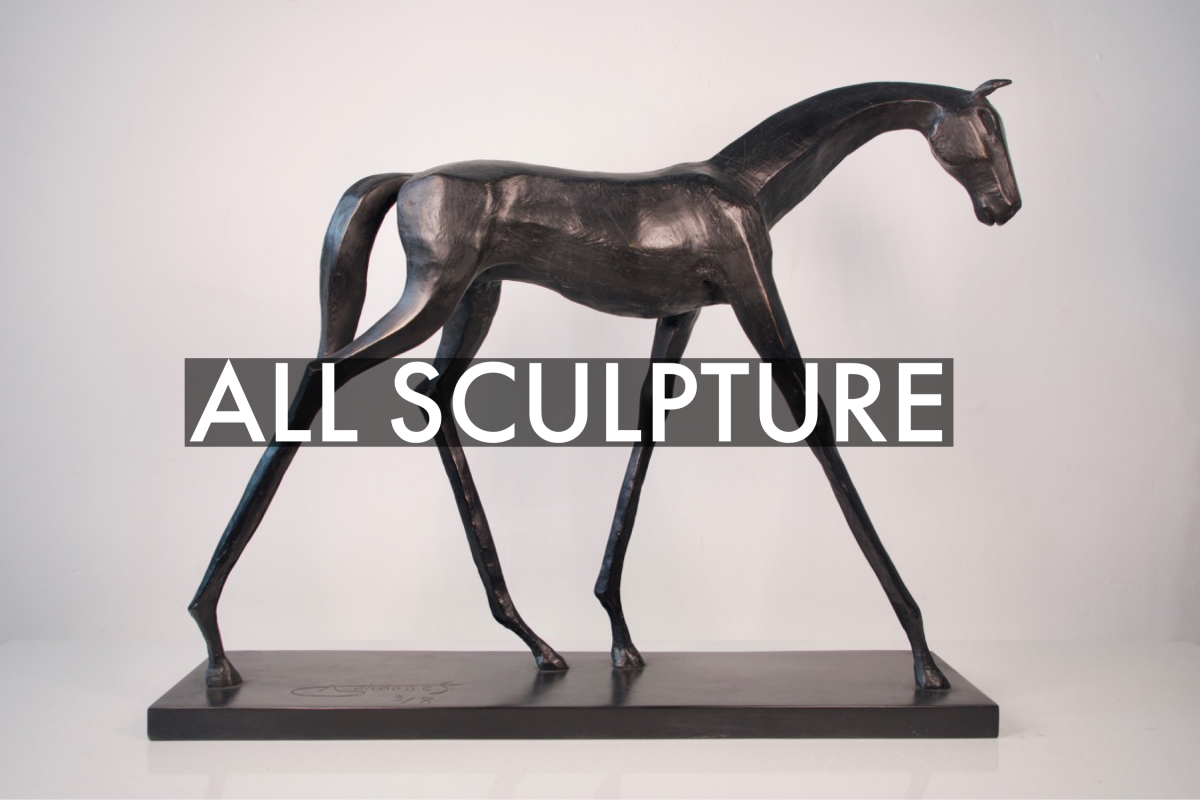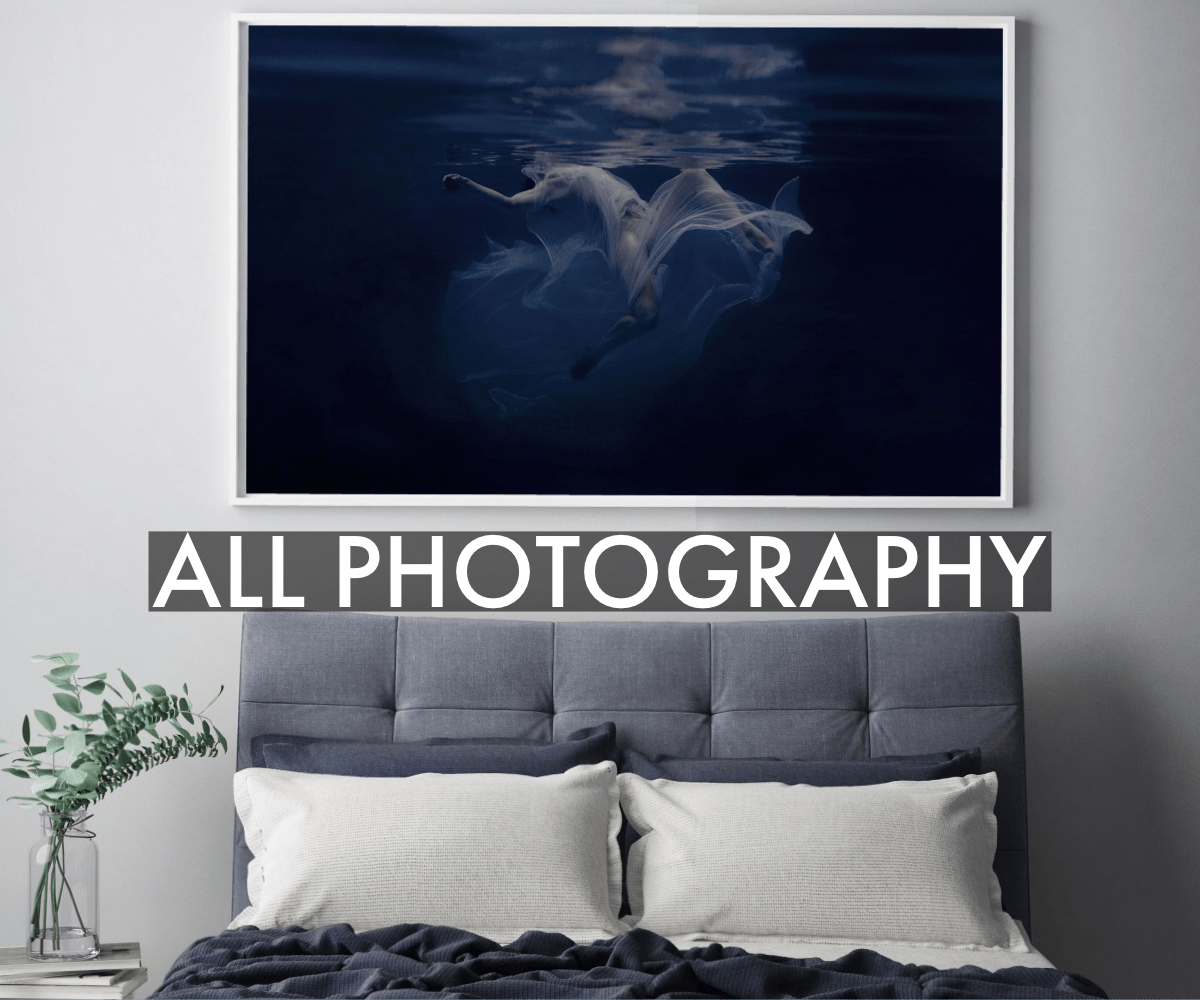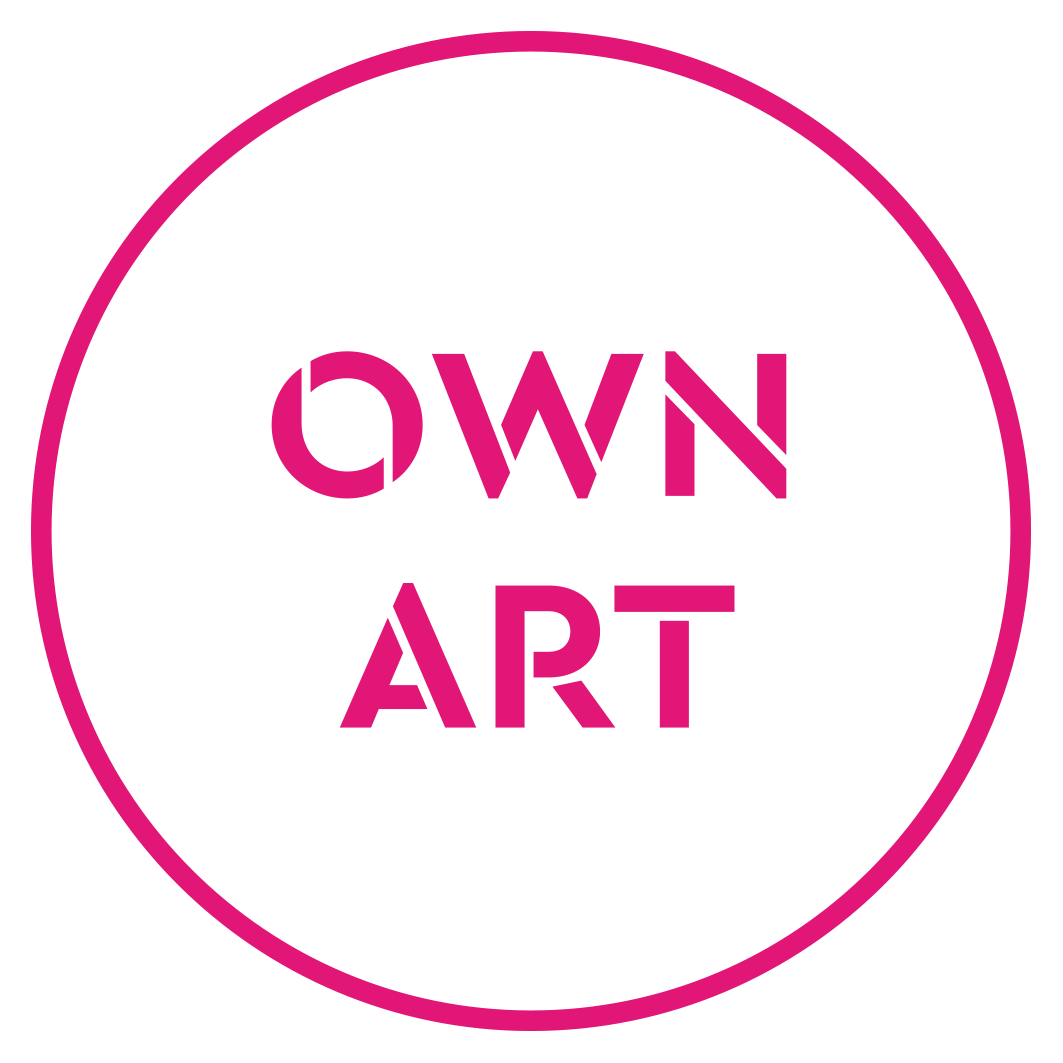Graduated from the Royal College of Art in 2017, Holly Drewett is a British artist who creates abstract works using painting and printmaking techniques. With a practice centered around drawing, Holly works between sound and image and documents environments through recording, using sound and contact microphones. Generating imagery through the production of a visual response which captures specific moments in time through personal dialogue with sound, Holly's drawings are replicated across various media, highlighting fleeting and rhythmic qualities through abstraction and materiality.
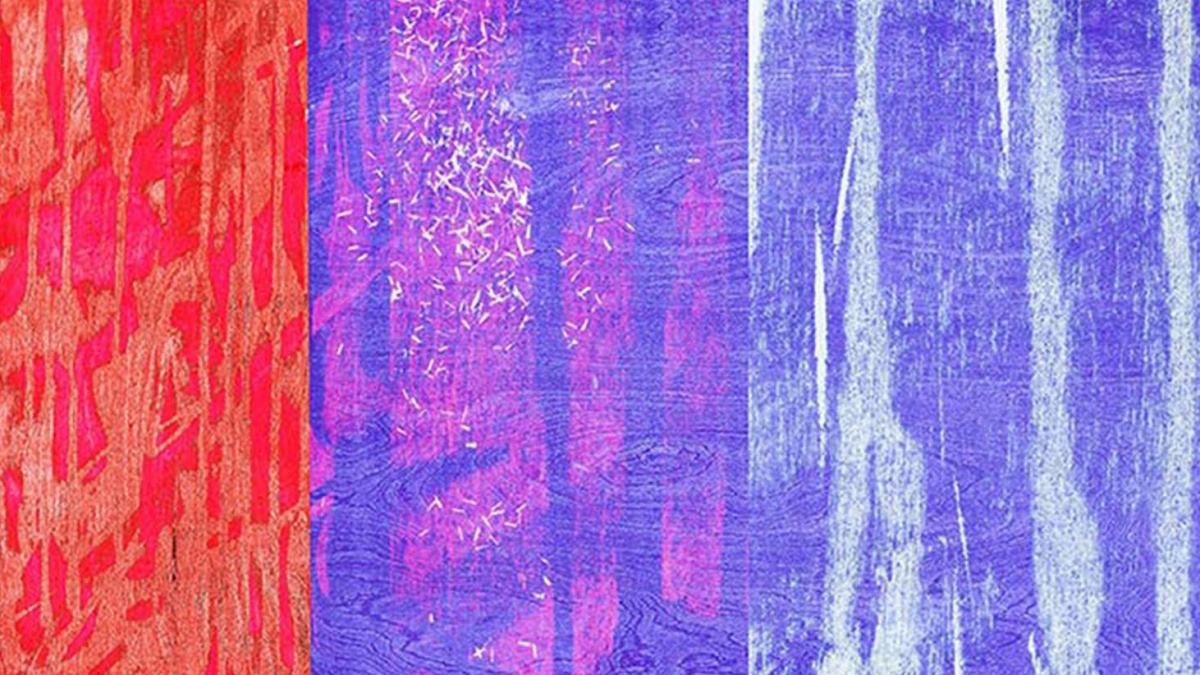
1) Which art movement do you consider most influential on your practice?
I think you are aware of multiple movements having an impact on your practice and it is almost difficult to negate any, as all have shaped contemporary thinking at different points and feed into your practice however consciously.
During my BA in 2006 I took part in an exchange to Japan, and spent six months studying at Nagoya University of Art. This probably more than anything impacted the way I thought about my practice and presented me with a vastly different aesthetic and perspective in regards to making work. It would be hard to individually list the things that influenced me from this time but I know that so many things have stayed with me and will always simmer within my practice.
2) Where do you go and when to make your best art?
I have a studio in London which I go to to make work. However, I think the process of collaboration with other artists and researchers is personally one of the most valuable and productive in terms of making, rethinking and directing my practice. It often involves going to different spaces or studios which in itself can be a welcome shift, but working closely with someone, having an insight into their process and working towards a shared outcome is really invaluable for driving the work forward.
3) How do you describe your 'creative process'?
I would say that I do most of my valuable thinking when I am on the move. Peak conditions for this type of thinking would be in the morning, outside and walking or cycling.
I can have been reading different things, making work and researching, and long periods of time could go by without some sort of consolidation of these ideas or a particular direction, then something will happen in the movement and things start to come together and new ideas form.
4) Which artist, living or deceased, is the greatest inspiration to you?
I have tried to think about works or exhibitions I have seen that really resonated and stayed with me. One of these was an exhibition titled ‘Gardens’ at Toyota Municipal Museum of Art in 2006, there were lots of great pieces in the show, but one that sticks was Ernesto Neto’s ‘First part of the temple in which we are, from a small goddess the world and life sprang’, an installation of small soft amoeba-like forms in a material space, lit with pastel hues and scents, in which the viewer was invited to lie down and spend time in the space.
I also remember listening to Ryosuke Otsuji describe his working process in a video in ‘Souzo: Outsider art from Japan’ 2013; he described the long journey to the studio and the bitter conditions in which he made his ceramic lions, warming up individual pieces of clay for the manes in his mouth while shaping the next in his hand, I think the desire and drive to make touched me.
More recently I have really enjoyed seeing the work of Ryoji Ikeda, ‘Test Pattern [N° 12]’, an audio visual installation, which uses a system to convert data in to binary patterns shown at ‘Infinite Mix’, and a dance performance titled ‘Henri Michaux: Movements’, where Marie Chouinard created a choreographic score to Michaux’ book, the dancers recreating the ink gestures.
5) If you weren't an artist, what would you do?
Marine biologist or Scientific diver.
6) What do you listen to for inspiration?
I am constantly listening to sound as I use it frequently within my work. I collect field recordings of different places, which I then use to start a process; working with the sound and using it as the basis to make visual work from. This usually takes the form of drawing initially and is often made in response to rhythms and texture in the sound.
I am currently in Cornwall and have a new hydrophone I am playing with. I have been walking nearby collecting sounds which come in with the tides. A favourite sound I have recently acquired is of knotted wrack seaweed, it’s a subtle noise of air pockets releasing and sounds quite beautiful.
7) If you could own one artwork, and money was no object, which piece would you acquire?
A Turrell Skyspace.
8) What is your key piece of advice for artists embarking on a fine art or creative degree today?
Simply to make the most of everything on offer, enjoy all the facilities as well as the people you meet.
9) What is your favorite book of all time (fiction or non fiction)?
I have a few. It’s tough. One I read early and go back to frequently is ‘The hard boiled wonderland and the end of the world’ by Haruki Murakami.
10) If you could hang or place your artwork in one non traditional art setting, where would that be?
My thoughts wander to artificial reefs, and the possibilities in their construction. I love the idea of building a structure, which is a work in its own right, but when sunk in the right conditions, is nurtured by the sea and steadily grows itself.
11) What was the biggest lesson your university course or time studying taught you?
The importance of the ability to discuss your work and the practice of speaking in front of an audience about it.
12) And finally, if we were to fast forward 10 years, where would we find you?
Around the time lockdown started in the UK, we were meant to be moving near Kalamata in Greece to set up a studio and work and live there. All being well, as things start to move, that plan will go ahead. I am the worst person at projecting into the future with plans and am slightly suspicious as well as in awe of those who can, but that is a start at hazarding guess at where I might be.
I am currently working with an underwater sound archive collected by environmental researchers, which has been a welcome new direction in my practice. I would like this type of collaboration to continue, and to have more involvement with researchers collecting data on noise pollution and specific changes to ocean flora and fauna. With any luck, that will involve being out on a boat collecting data to use as a basis to make work about.
Learn more about Holly and discover her collection of works.

